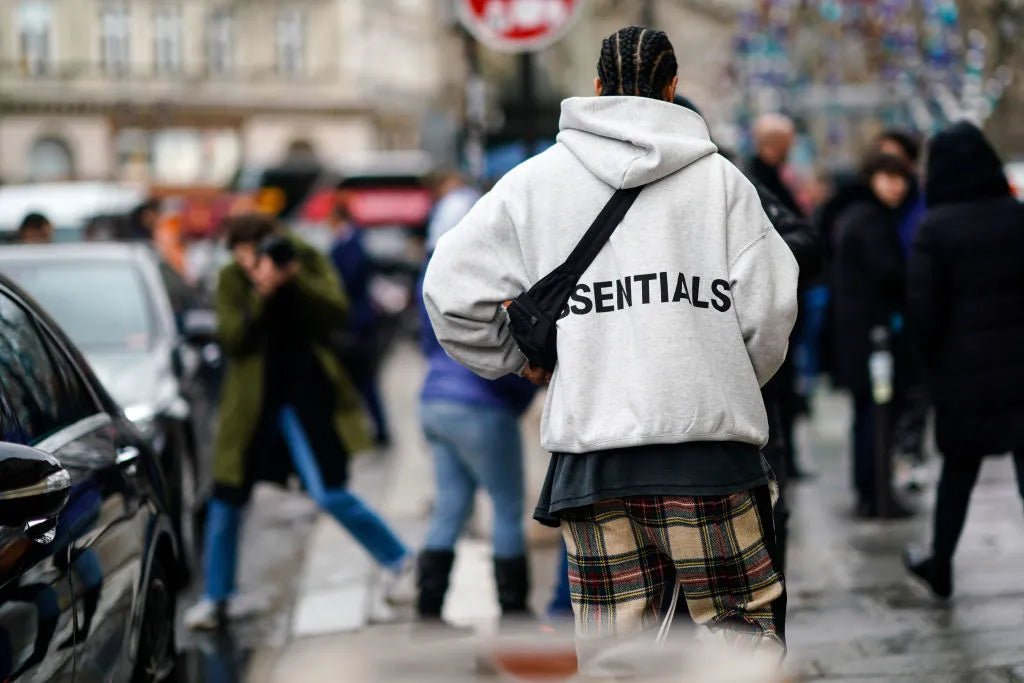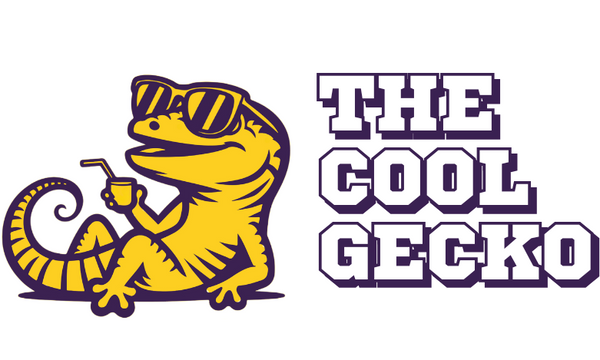The Evolution of Streetwear: From Subculture to High Fashion

Streetwear has come a long way from its humble beginnings as a niche subculture to becoming a dominant force in the fashion industry. What started as an expression of identity and rebellion among urban youth has transformed into a global phenomenon, influencing everything from luxury brands to everyday wear.
The Origins: Skateboards, Hip-Hop, and DIY Culture
Streetwear’s roots can be traced back to the late 1970s and early 1980s in cities like New York and Los Angeles. It emerged from the skateboarding and hip-hop scenes, where young people used fashion as a way to express their identity and affiliations. Brands like Stüssy, founded in the early 80s by surfer Shawn Stüssy, were among the first to tap into this culture, blending surf, skate, and punk aesthetics with a DIY approach.
At the same time, the hip-hop scene was exploding in New York, and artists like Run-D.M.C. and LL Cool J were making waves not just with their music but with their style. Adidas tracksuits, Kangol hats, and oversized gold chains became synonymous with the genre, laying the groundwork for streetwear’s deep connection with music and culture.
The 90s: Streetwear Goes Global
The 1990s were a turning point for streetwear. Brands like Supreme, founded in 1994 by James Jebbia, began to blur the lines between streetwear and high fashion. Supreme’s limited drops and collaborations with artists and designers created a sense of exclusivity that was previously unheard of in street fashion.
Simultaneously, brands like A Bathing Ape (BAPE) in Japan were redefining streetwear with bold designs and a distinct approach that combined Western influences with Japanese street culture. BAPE’s iconic camouflage and shark hoodies became symbols of the brand's unique style, helping to globalize the streetwear movement.
The 2000s: Streetwear Meets High Fashion
As streetwear gained popularity, high fashion couldn’t ignore it. The early 2000s saw collaborations between streetwear brands and luxury fashion houses, a trend that would grow exponentially in the following years. One of the most iconic moments was the collaboration between Louis Vuitton and Supreme in 2017, a partnership that officially marked the merging of two worlds previously considered polar opposites.
Designers like Virgil Abloh, who founded Off-White and later became the artistic director of Louis Vuitton's menswear, played a crucial role in bringing streetwear into the high fashion realm. Abloh’s designs bridged the gap between luxury and street, making streetwear not just acceptable but desirable in high fashion circles.
The Future of Streetwear: What’s Next?
Today, streetwear is not just a fashion trend; it’s a cultural movement. With the rise of digital fashion, NFTs, and the growing influence of social media, the future of streetwear looks more diverse and dynamic than ever. Brands are increasingly focused on sustainability, limited-edition releases, and creating a sense of community among their customers.
As streetwear continues to evolve, it will likely retain its roots in subculture while embracing new technologies and ideas. The lines between streetwear and high fashion will continue to blur, leading to more collaborations, innovations, and a redefinition of what fashion can be.
